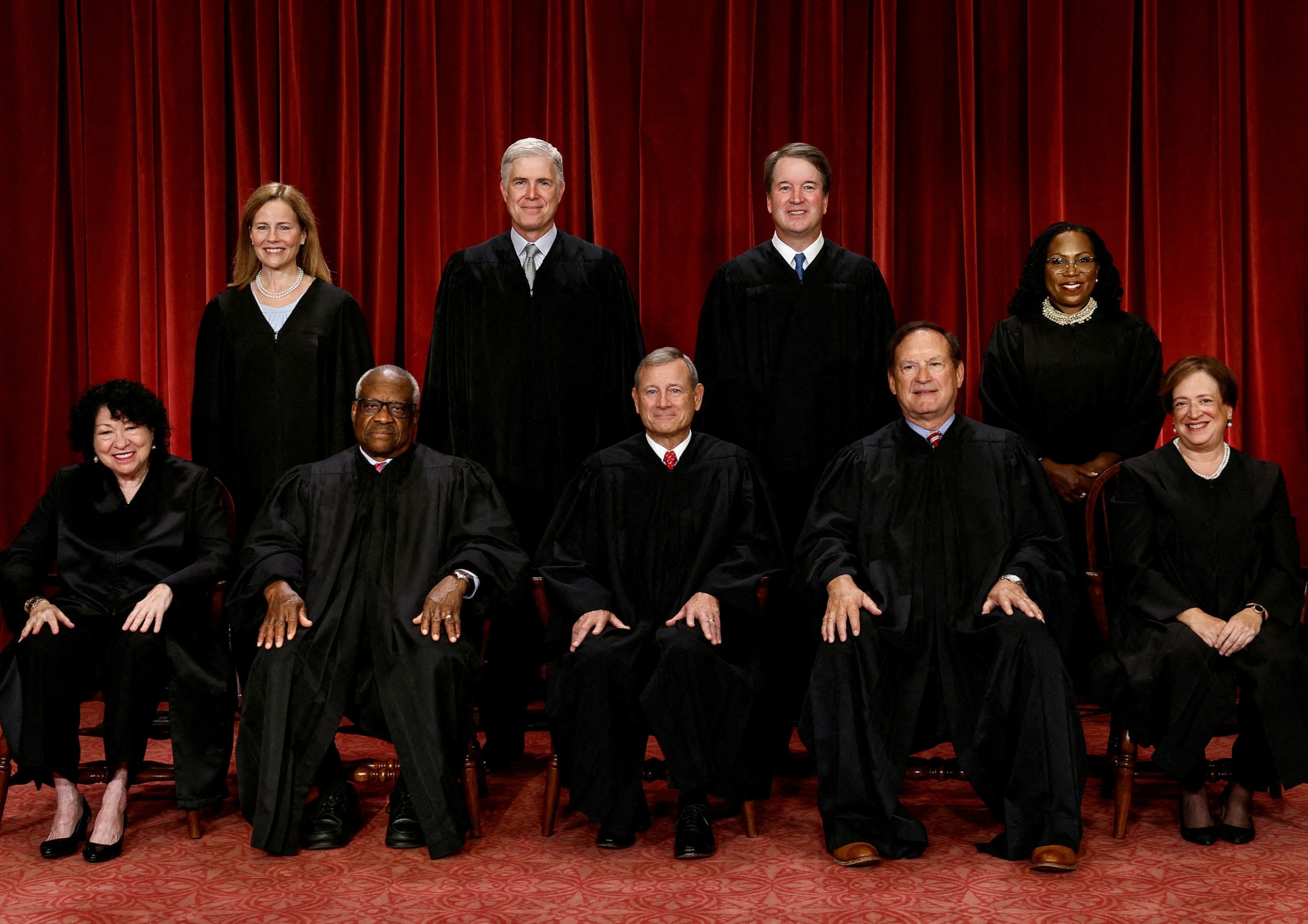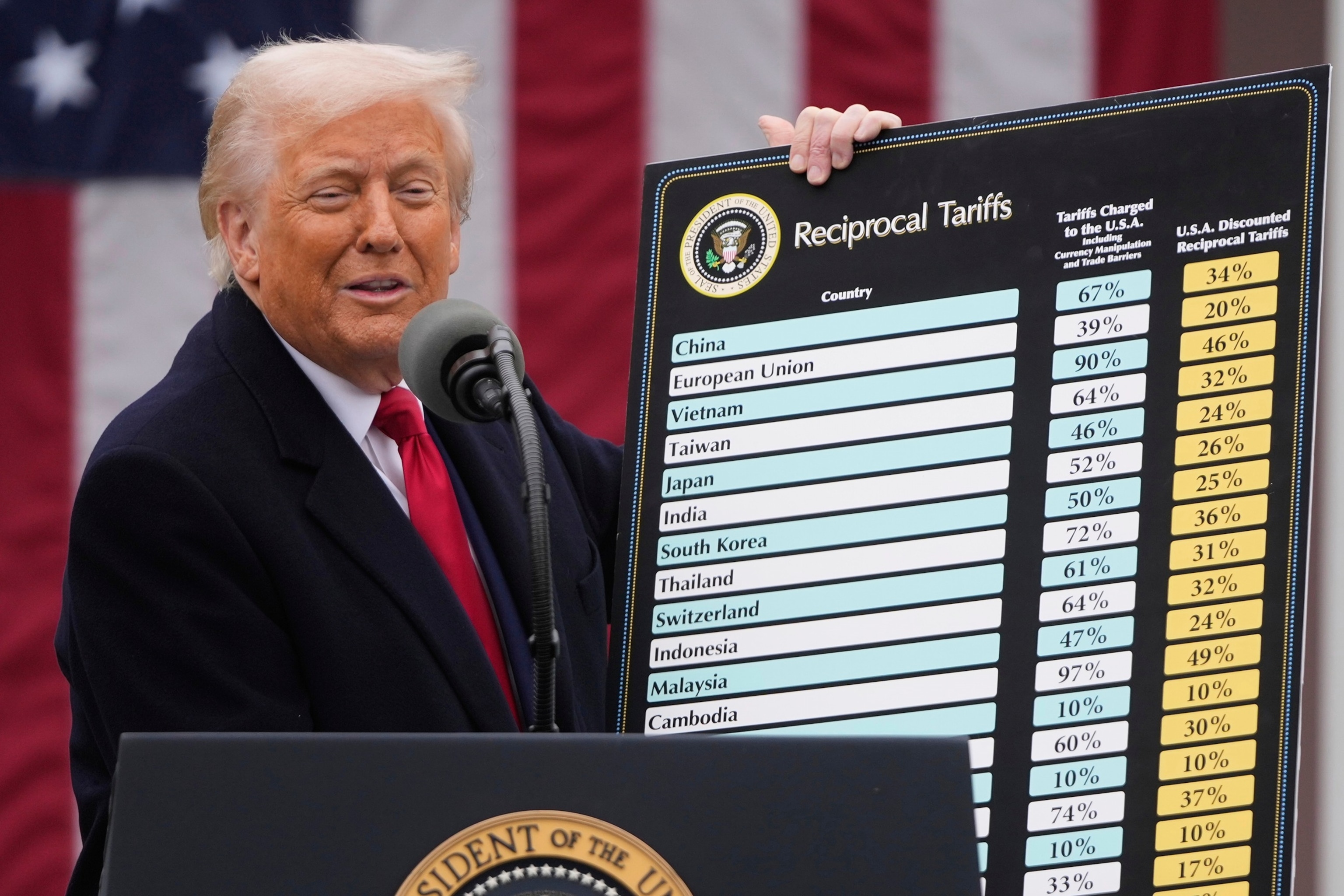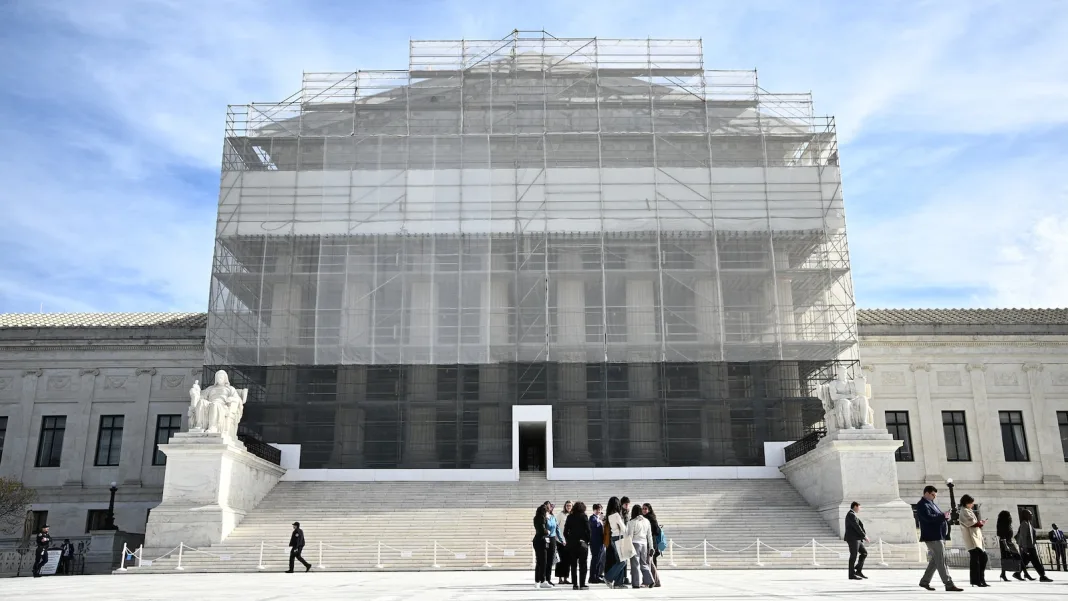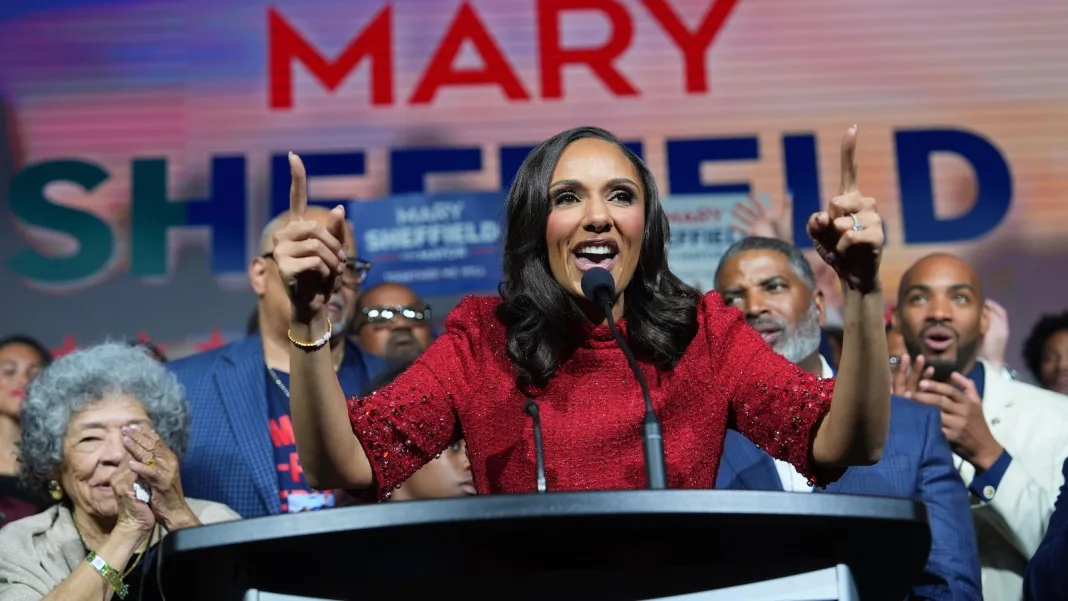The Supreme Court is hearing arguments Wednesday over the legality of President Donald Trump’s global tariffs program in a blockbuster case with extraordinary significance for American consumers and businesses, the nation’s financial health, global diplomacy, and future presidential power.
“This is a staggeringly important case from an economic perspective and from a separation of powers perspective,” said Hofstra Law professor and ABC News legal contributor James Sample.
President Trump has called it “one of the most important cases in the history of our country.”
If the tariffs are invalidated, the U.S. government could owe tens of billions of dollars of refunds to businesses that have paid them. Such an outcome could also eliminate a primary bargaining chip that Trump has used in negotiations with other countries.
A decision upholding the tariffs would cement an expansive new exercise of presidential power and preserve a cornerstone of Trump’s agenda that economists estimate could boost some U.S. manufacturing in the long run but cost American families an average of more than $1700 this year alone in higher prices.
Justices appear skeptical of Trump’s tariff authority
The Constitution gives Congress the exclusive authority to levy taxes on citizens and duties on imports, with a few limited exceptions adopted over the years to give the president some discretion during times of national crisis.
The key question in the Trump case is whether the 1977 International Emergency Economic Powers Act gives a president unfettered ability to set tariffs for any country, at any level, for as long as needed, whenever an emergency is declared at the president’s sole discretion.
Trump is the first president to try use the IEEPA to set tariffs without Congress, and the justices pushed Solicitor General John Sauer to justify the sweeping authority.

U.S. Supreme Court justices pose for their group portrait at the Supreme Court in Washington, October 7, 2022.
Evelyn Hockstein/Reuters, Files
Sauer argued the tariffs are “regulatory” in nature, and that any revenue raised is incidental.
“We don’t contend that what’s being exercised here is the power to tax, it’s the power to regulate foreign commerce. These are regulatory tariffs, they are not revenue-raising tariffs. The fact that the raise revenue is only incidental,” he said.
He then faced a barrage of questions from the justices, including two conservatives, who appear skeptical of Trump’s tariff authority under IEEPA.
“Can you point to any other place in the code, or any other time in history where that phrase together, ‘regulate importation,’ has been used to confer tariff authority?” asked Justice Amy Coney Barrett.
Sauer also faced tough questions from Chief Justice John Roberts, considered a key vote for the case.
“The vehicle is the imposition of taxes on Americans. That has always been the core power of Congress,” Roberts said at one point in the arguments.
Court has never examined IEEPA’s meaning
Shortly after taking office, Trump issued executive orders declaring an emergency over illegal immigration and drug trafficking from Mexico, Canada, and China. In April, he issued another executive order declaring an emergency over “large and persistent trade deficits” with dozens of countries around the world.
Trump subsequently imposed tariffs ranging from 10% to more than 100% on goods imported from each country.
A coalition of small business owners and Democrat-led states sued Trump over the tariffs arguing both that the word “regulate” in the law does not cover tariffs or taxes, which are not explicitly mentioned, and that the “emergencies” Trump declared are neither unusual nor extraordinary as required by the law.
“Congress, not the president, decides whether and how much to tax Americans who import goods from abroad,” the states wrote in their legal brief to the court. “This Court should reject the president’s bid to seize that power for himself.”
The high court has never before examined IEEPA’s meaning.
“If the court greenlights the tariffs, then this is a new world order in terms of the constitutional scheme for taxing, for spending, and for regulating all aspects of the economy,” Sample said.
The Court of International Trade, U.S. Court of Appeals for the Federal Circuit, and a Federal District Court in Washington, D.C., all ruled in favor of the tariff challengers.
The Court of International Trade also invalidated Trump’s drug trafficking tariffs on Mexico, Canada and China by noting that the dangers of illicit drug trafficking do not amount to “an unusual and extraordinary threat.”
The courts allowed tariffs to remain in effect until the Supreme Court reaches a final decision.

A drone view shows a cargo ship sailing in Hong Kong, China, Oct. 17, 2025.
Tyrone Siu/Reuters
Tariffs have become a major source of revenue for the federal government, estimated to raise $2.8 trillion over the next decade, according to the Committee for a Responsible Federal Budget.
The financial impact has hit many American small businesses particularly hard.
Learning Resources Inc., a manufacturer of children’s toys based near Chicago, Illinois, and one of the plaintiffs in the case, said the tariffs have wiped out profits and brought hiring to a standstill.
“We paid $2.3 million in tariffs in 2024,” said CEO Rick Woldenberg. “Based on our 2025 budget, we would have paid $100 million in tariffs at Trump’s 145% rate on China. It’s receded a little bit from there, but it’s still a very disruptive expense that we can’t bear on our own.”
Cassie Abel, CEO of Idaho-based women’s technical clothing company Wild Rye, said tariffs have threatened to force her out of business.
“The supply chain for what we produce doesn’t exist here in the U.S.,” Abel said of her ski and cycle gear made in China. “Textiles have not been a priority of this administration, and it would take significant investment from our country to bring textiles at any sort of scale back to the U.S.”
Aabesh De, founder and CEO of Flora, a Tennessee company which produces smart plant monitors in China, said tariffs have “crippled” plans for new products and innovation.
“It’s a man-made existential crisis the likes of which we haven’t seen since covid, and it’s frustrating,” De said.
Regardless of how the court rules, some of Trump’s tariffs and tariff authority will remain untouched — though much more constrained by federal law.
More than a third of U.S. imports, including steel, aluminum, cars, machinery and medical devices, are subject to import taxes under Section 232 of Trade Expansion Act of 1962, which allows the president to apply tariffs on targeted industries in the interest of national security.
Provisions in the Trade Act of 1974 also allow the president to impose targeted tariffs on countries over unfair trade practices and trade deficits, but only after an investigation and only at a limited amount, for a limited period of time.

President Donald Trump speaks during an event to announce new tariffs in the Rose Garden at the White House, April 2, 2025.
Mark Schiefelbein/AP, FILE
The Supreme Court’s conservative majority has been very deferential to executive authority, particularly in matters of foreign policy and national security. But it has also blocked presidential attempts to enact sweeping domestic policies — such as a nationwide eviction moratorium during the pandemic and a multi-billion dollar student loan forgiveness program — without the express consent of Congress.
“It’s a toss-up, because within the kind of the doctrinal context in which conservatives are operating, you see these two things that pull in different directions,” said Jonathan Adler, a constitutional law expert at William & Mary Law School. “If they see it as a foreign affairs case, the administration wins. If they see it as a textual interpretation case, they lose.”
The court accepted the Trump tariffs case on a highly expedited basis, but it’s unclear how quickly it will hand down a decision. A ruling is expected before the end of June 2026.






